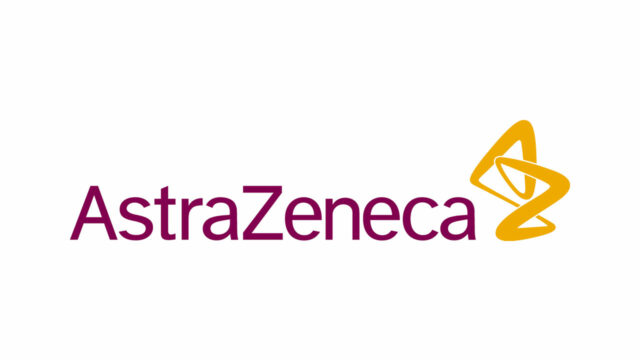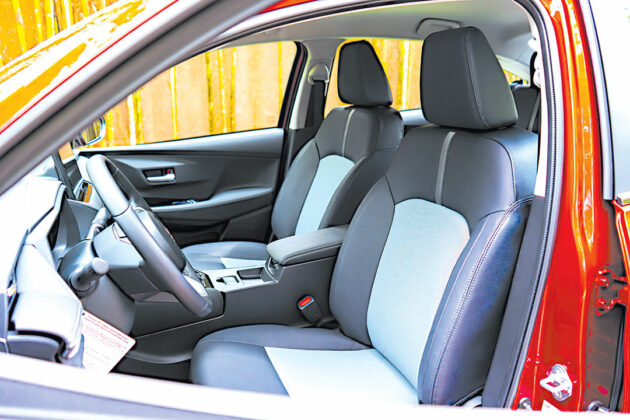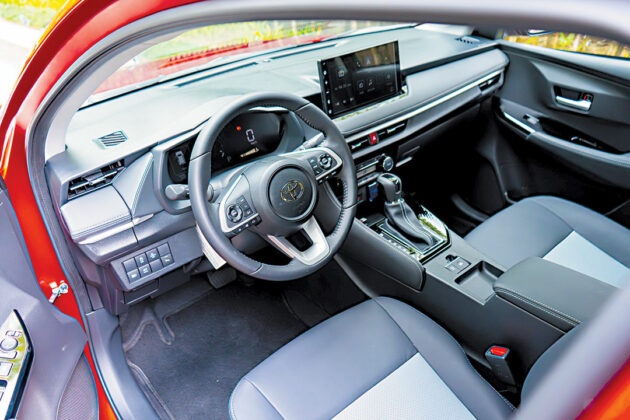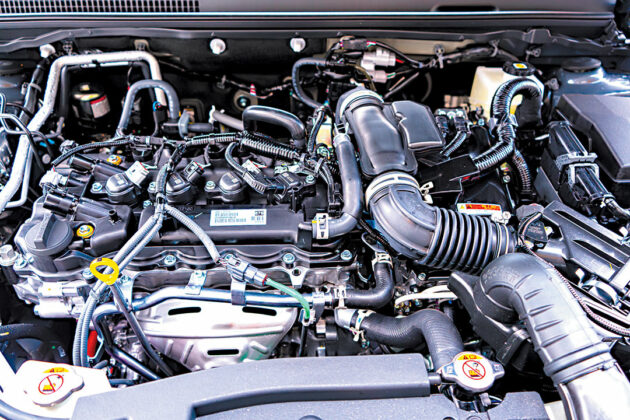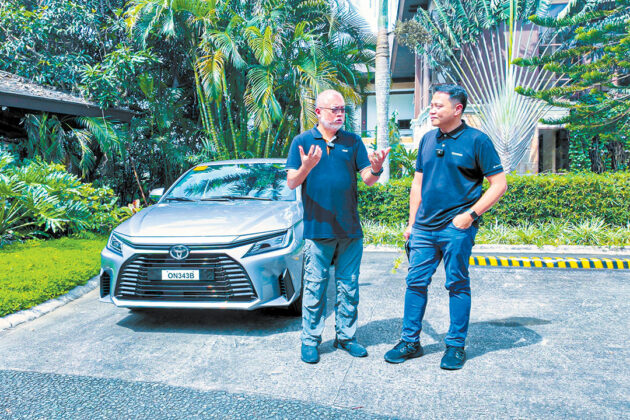Israelis honor Trump as hostages return home two years after their capture

JERUSALEM/CAIRO – US President Donald Trump will receive a hero’s welcome in Israel’s parliament on Monday as a fragile Gaza ceasefire he helped to broker enters a fourth day, with the expected release of Israeli hostages and Palestinian prisoners marking tentative steps in a conflict long resistant to resolution.
Trump’s Knesset speech follows two years of war sparked by a Hamas attack on October 7, 2023, that killed around 1,200 people in Israel with 251 taken hostage. Israeli airstrikes and ground assaults have since devastated Gaza, killing more than 67,000 Palestinians, the enclave’s health officials say.
“The war is over,” Trump told reporters aboard Air Force One as he began his flight from Washington to Israel. Asked about prospects for the region, he said: “I think it’s going to normalize.”
The U.N. said humanitarian aid was ramping up, with cooking gas entering for the first time since March and expanded food and medical deliveries.
A LASTING PEACE SEEMS DISTANT
The truce and the exchange of both hostages and prisoners offered a glimmer of hope, but despite Trump’s optimism, the loss of life, devastation and trauma underscored how distant a lasting peace remains. Progress now hinges on global commitments that could be taken up by a summit later on Monday of more than 20 world leaders led by Trump in Egypt’s Sharm el-Sheikh resort.
Palestinian President Mahmoud Abbas will attend the summit in Egypt, an Axios reporter said on Sunday, citing a senior Palestinian official. No Israeli officials will attend, Israeli government spokesperson Shosh Bedrosian said.
Bedrosian said Israel expected the remaining hostages to begin returning early on Monday with the 20 living hostages to be released together, followed by the handover of bodies of the remaining 28 dead hostages.
She said 1,700 Palestinians detained since October 7, 2023, along with 22 minors and the bodies of 360 militants, would be released only after Israeli hostages were safely returned.
On the ground, Palestinians returning to northern Gaza described scenes of staggering destruction.
“We couldn’t believe the devastation,” said Rami Mohammad-Ali, 37, who walked 15 kilometers (9 miles) with his son from Deir Al Balah to Gaza City. “We are joyful to return, but bitter about the destruction,” he added, recounting the sight of human remains scattered along the roads.
ISRAELIS BOO NETANYAHU, CHEER TRUMP
Multitudes who gathered late on Saturday at Tel Aviv’s Hostages Square cheered and waved placards in praise of Trump during a speech by his special envoy Steve Witkoff but booed loudly when Witkoff sought to thank Israeli Prime Minister Benjamin Netanyahu for his role in the ceasefire effort.
Trump will become only the fourth US president to address the Knesset, following Jimmy Carter in 1979, Bill Clinton in 1994 and George W. Bush in 2008.
In a letter last week inviting Trump to deliver a formal address, Knesset Speaker Amir Ohana wrote: “The people of Israel regard you as the greatest friend and ally of the Jewish nation in modern history.”
Israeli critics of Netanyahu, including hostages’ families, accuse him of deliberately prolonging the conflict to placate his far-right government coalition partners, whose backing is crucial to his political survival. The International Criminal Court last year issued arrest warrants for Netanyahu for alleged war crimes and crimes against humanity, which Israel denies.
“Tomorrow is the beginning of a new path. A path of building, a path of healing, and I hope – a path of uniting hearts,” Netanyahu said in a televised statement on Sunday.
The US, along with Egypt, Qatar and Turkey, mediated what has been described as a first phase agreement between Israel and Hamas. The next phase of Trump’s plan calls for an international body – a “Board of Peace” led by Trump and joined by former British Prime Minister Tony Blair – to play a role in Gaza’s post-war administration.
Much could still go wrong. Further steps in Trump’s 20-point plan have yet to be agreed. Those include how Gaza is to be ruled when fighting ends, and the ultimate fate of Hamas, which has rejected Israel’s demands that it disarm.
The Hamas-run Interior Ministry said it would deploy security forces in areas where the Israeli army withdrew. It was unclear whether armed militants would return to the streets in significant numbers, which Israel would see as a provocation.
TENSE NEGOTIATIONS OVER RELEASE OF PALESTINIAN PRISONERS
Israel and Hamas were locked in tense, albeit indirect, negotiations over the list of Palestinian prisoners to be freed. Sources close to Hamas said Israel had backtracked on a previously agreed list that included senior militant leaders, raising fears of a breakdown in the fragile deal.
The Israeli Justice Ministry released the names of 250 Palestinians convicted of murder and other serious crimes due to be released. The list excluded high-profile figures such as senior Hamas commanders as well as Marwan Barghouti and Ahmed Saadat – key demands from Hamas. Talks over the final list were ongoing, said the Hamas prisoners information office.
Defence Minister Israel Katz warned that once the hostages were back the military would proceed to destroy Hamas’ underground tunnel network in Gaza.
Palestinian analyst Akram Attallah told Reuters in Cairo the Trump plan had been crafted to favour Israel, allowing it to dictate terms and shift blame.
“If they choose to backtrack, they can find excuses and blame Hamas. Meanwhile, Hamas, the weaker party, loses all leverage once it hands over the hostages,” Attallah said. — Reuters


